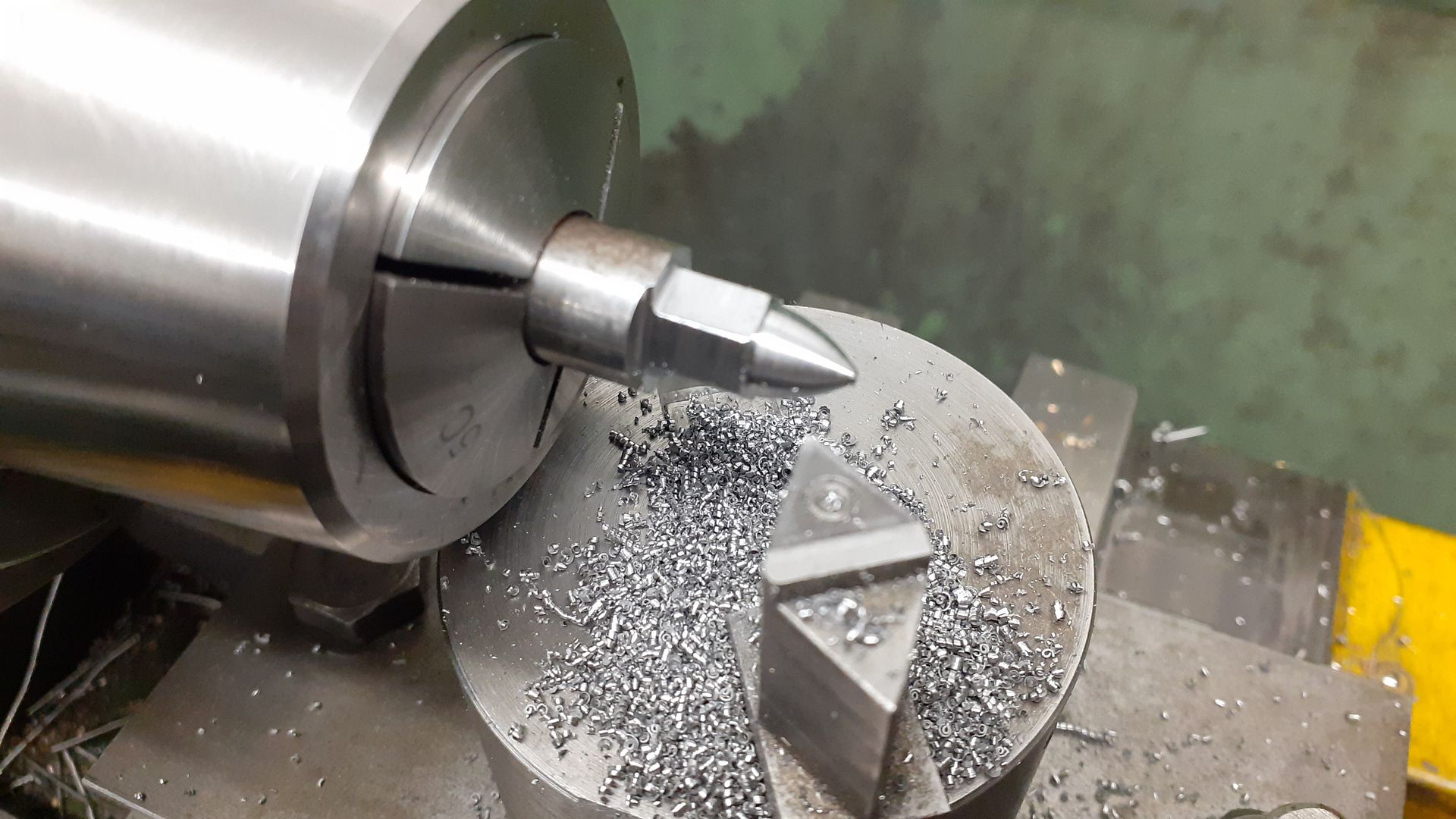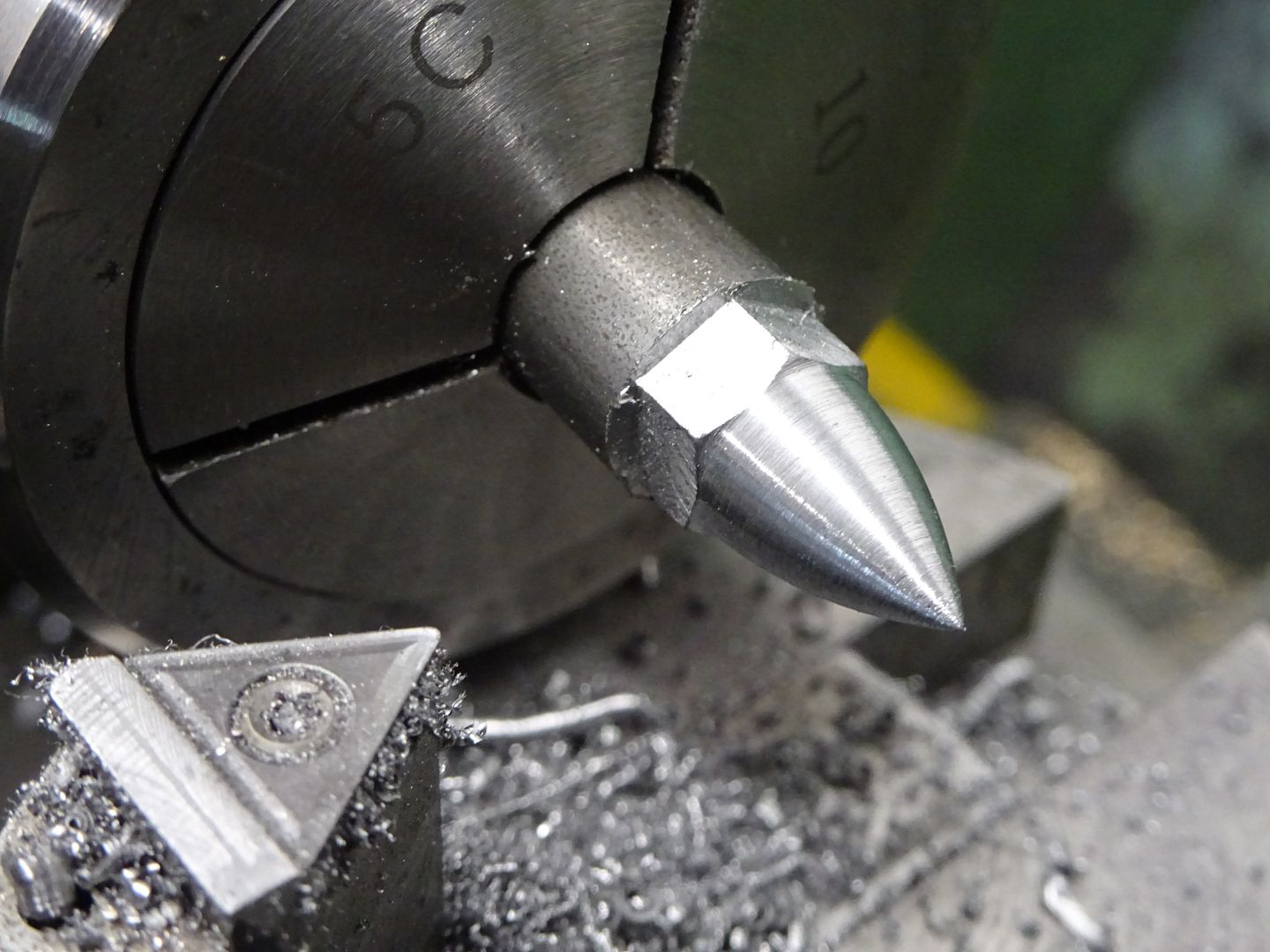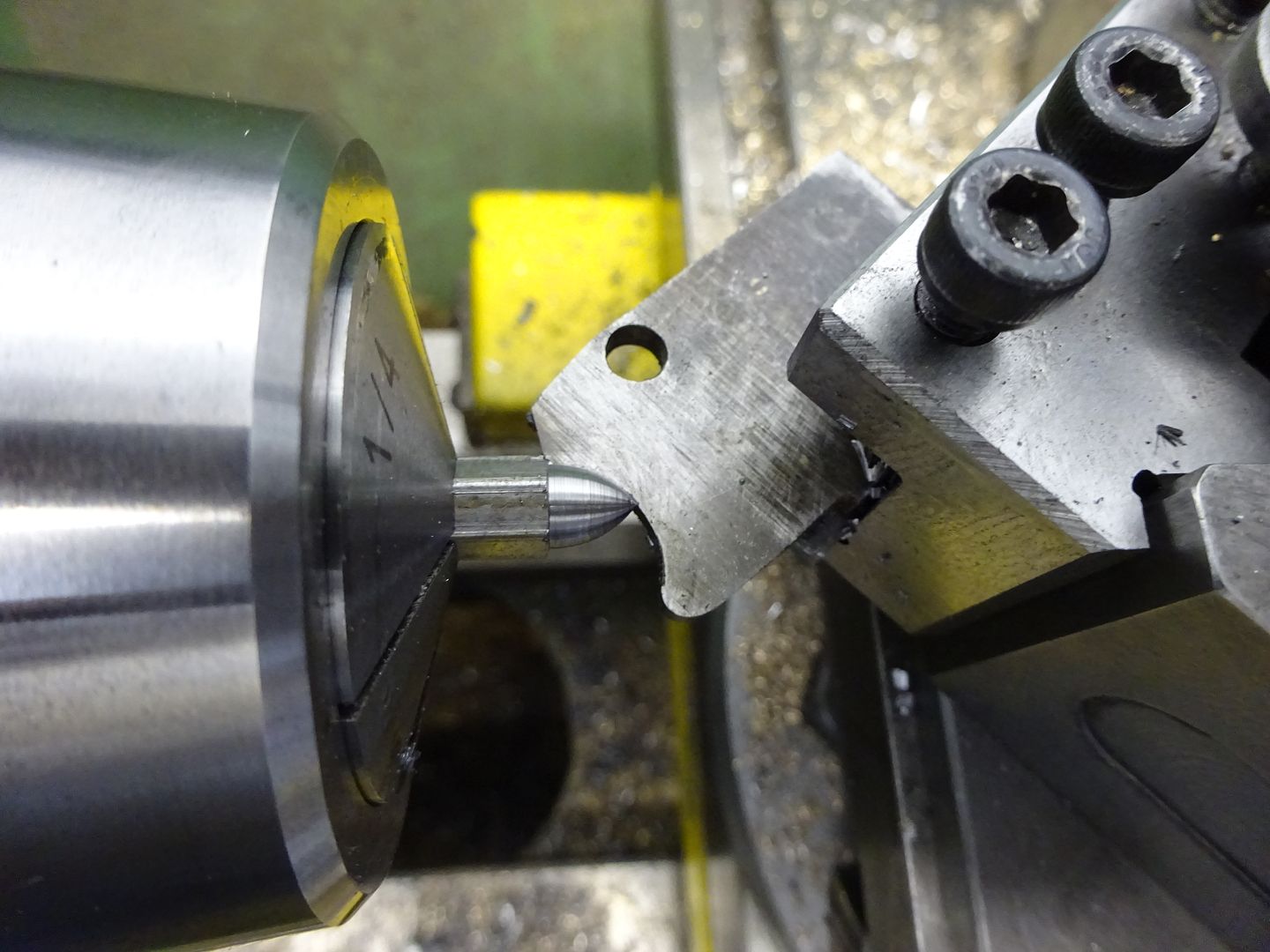This is my recently completed version of the Stuart James Coombes, I just used a Stuart Cylinder casting and fabricated or cut the rest from solid and it was at least twice the fun for half the price. I went with the same Ford Ivory that I used on the Real and painted a stone effect onto the base. Quite pleased with how it turned out and I'm glad I went with the different flywheel as the larger size and lighter spokes seem to suit the look.
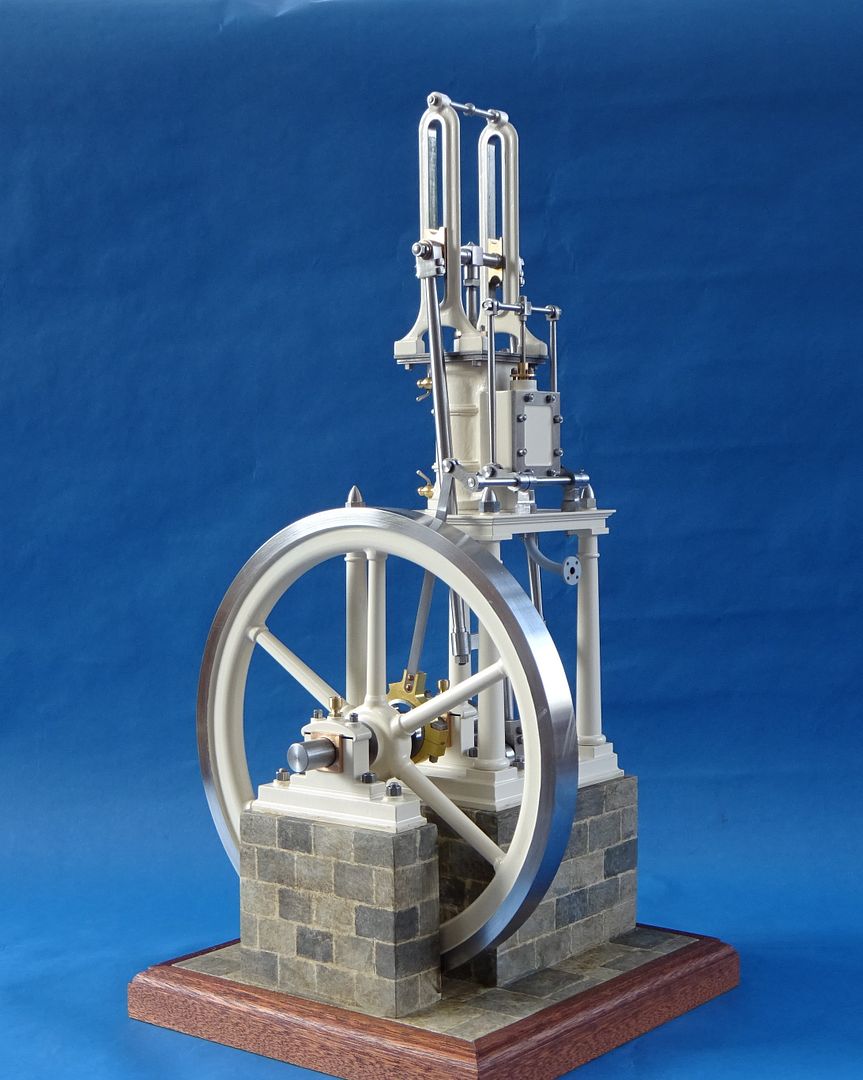
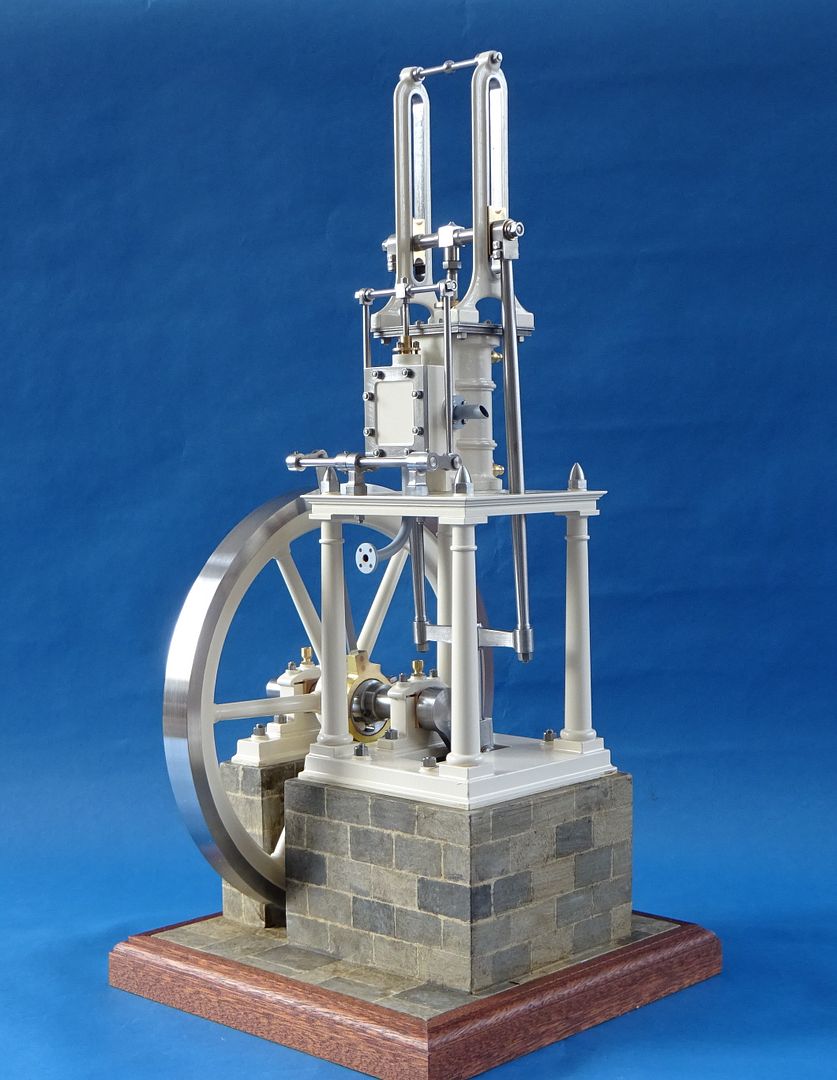
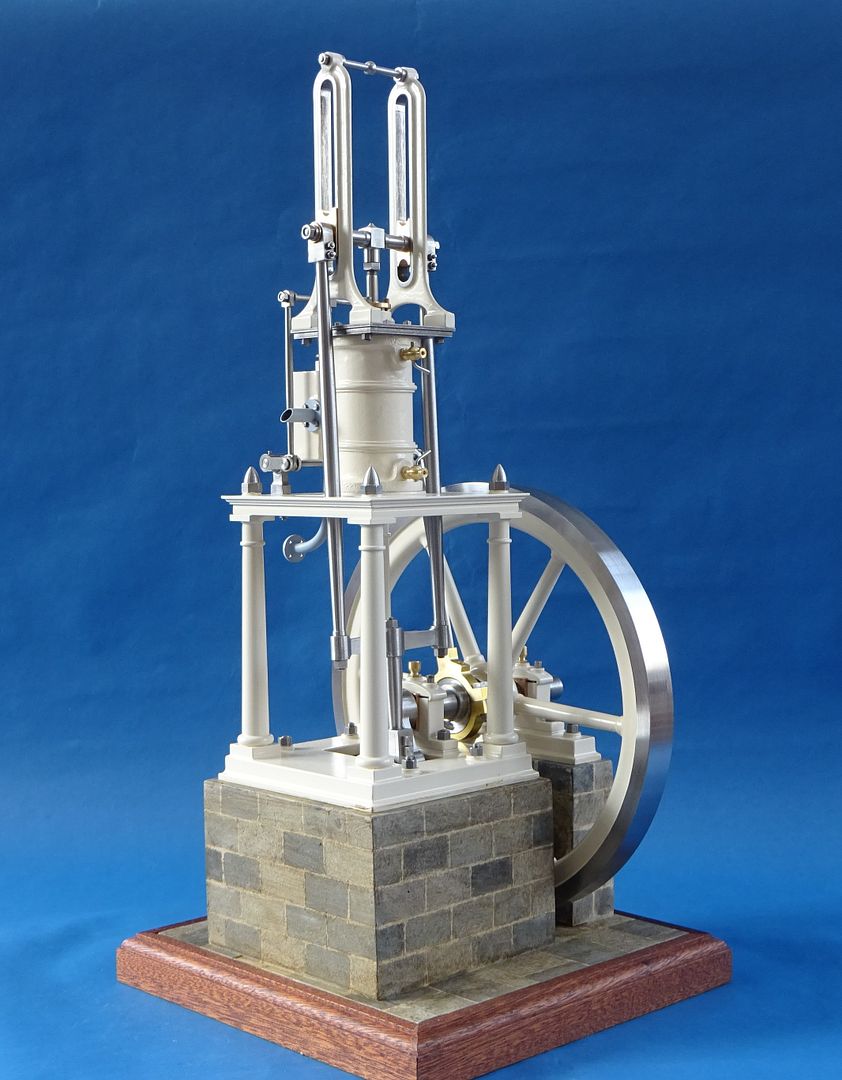
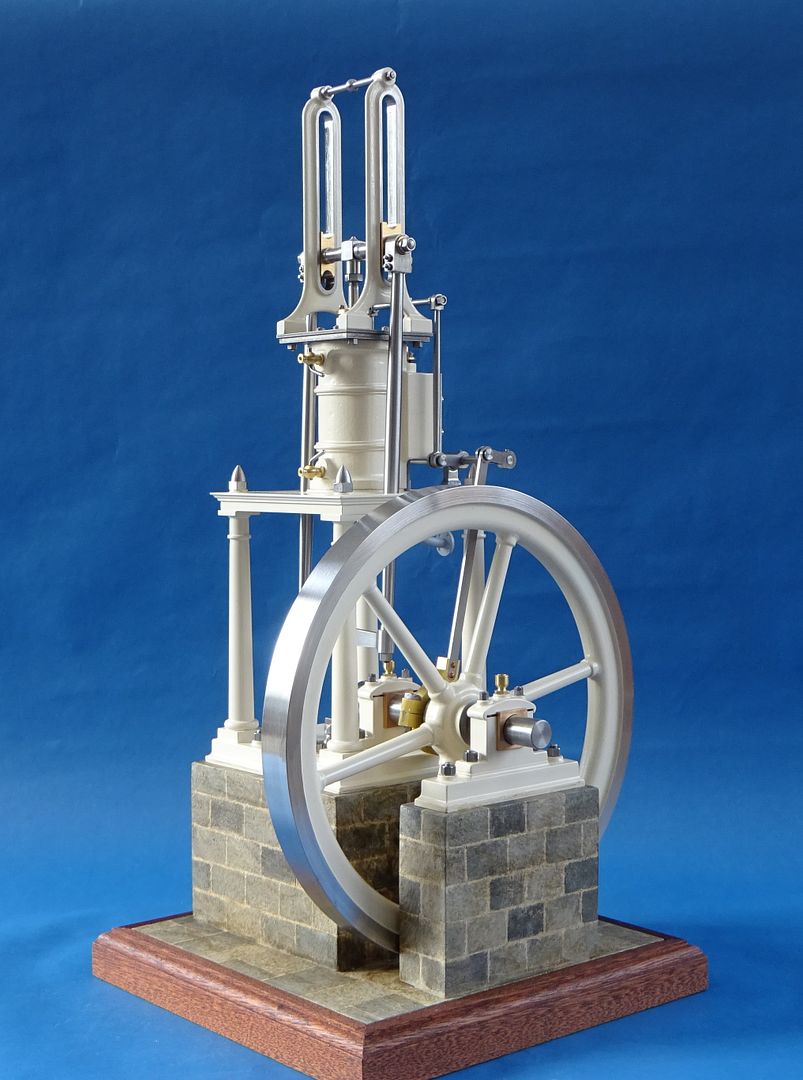
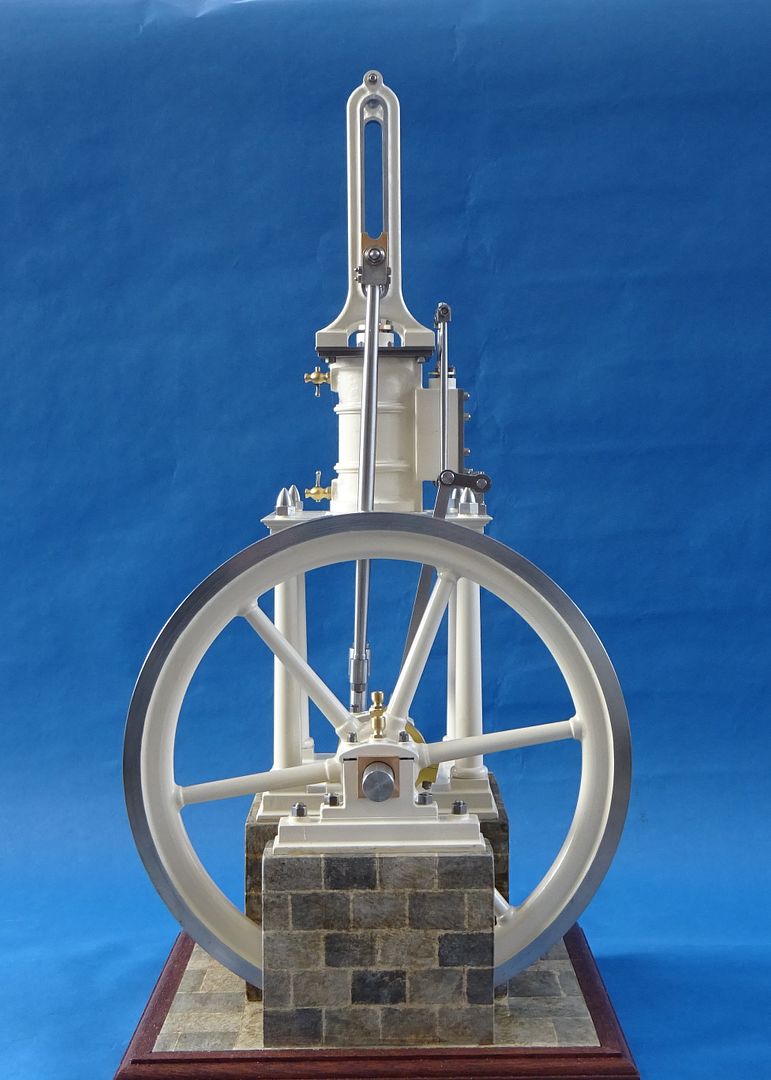

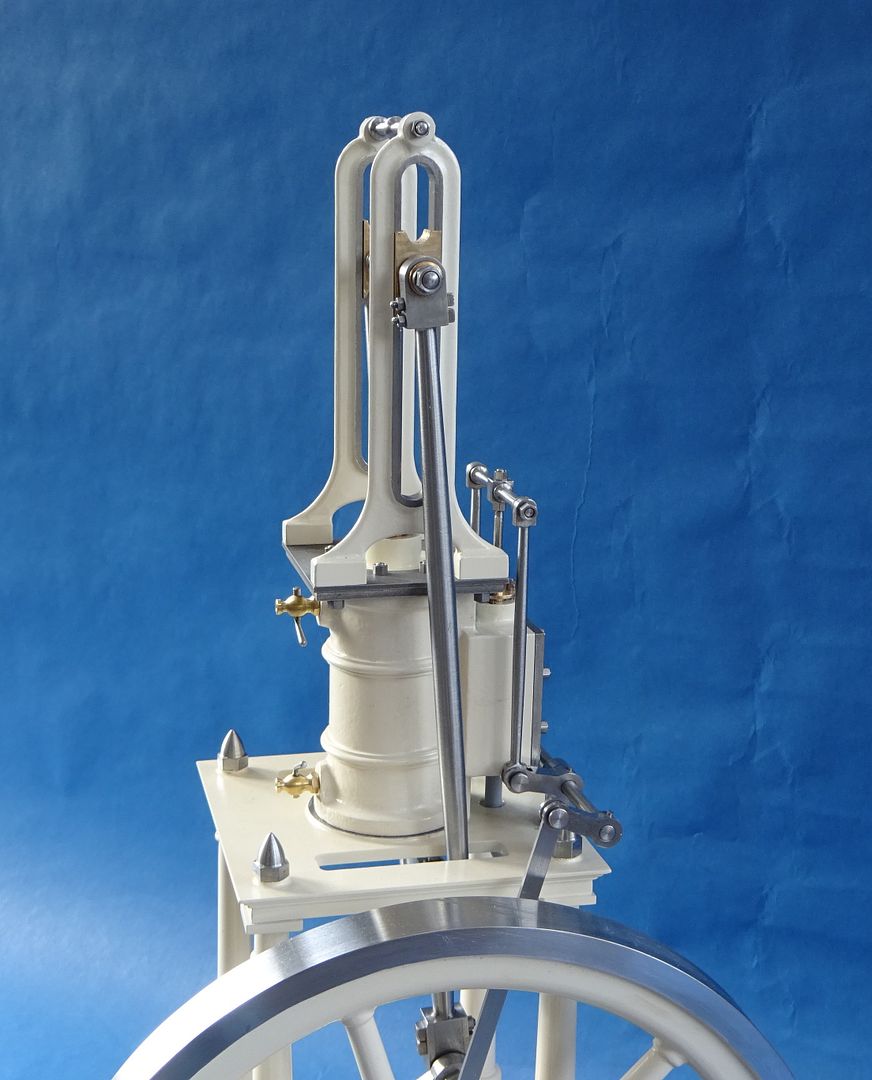
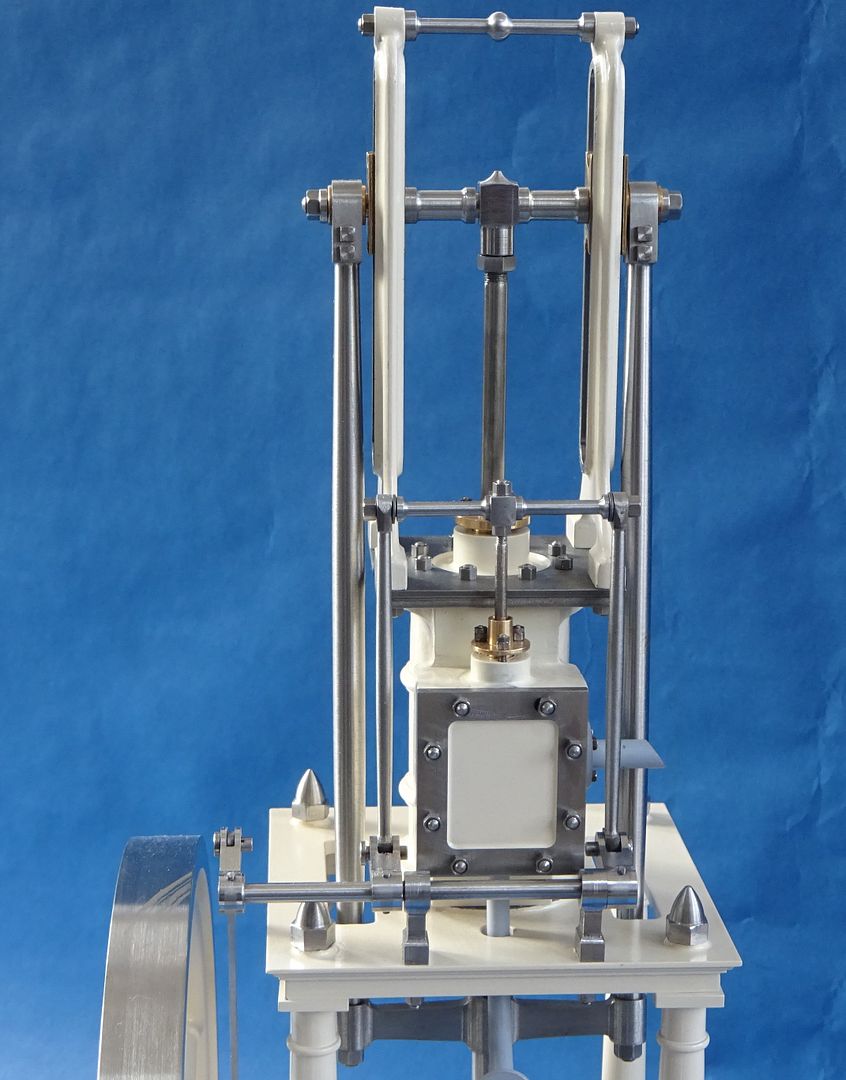
And finally a video of it running on about 5psi of air








And finally a video of it running on about 5psi of air


































![MeshMagic 3D Free 3D Modeling Software [Download]](https://m.media-amazon.com/images/I/B1U+p8ewjGS._SL500_.png)









![DreamPlan Home Design and Landscaping Software Free for Windows [PC Download]](https://m.media-amazon.com/images/I/51kvZH2dVLL._SL500_.jpg)





















